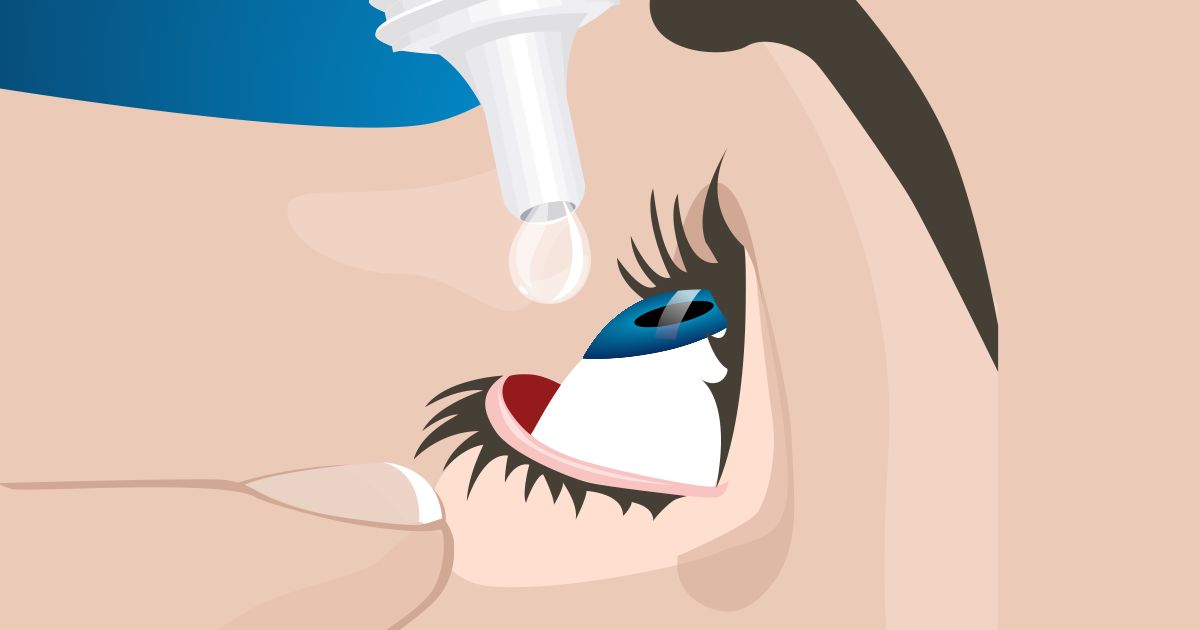Which eye drops are best for you?
Eye drops can relieve the symptoms of most eye problems, whether you have dry eyes, pink eye (conjunctivitis), red eyes or itchiness. But with so many options available, the choices can be overwhelming.
Deciding which eye drops are best for you depends on what kind of symptoms you're experiencing.
Eye drops may be able to relieve the following eye symptoms:
- Dryness
- Redness
- Itching
- Soreness
- Swelling
- Discharge
If you develop eye symptoms or conditions, it's best to consult an eye doctor. They can help you find out what's causing your symptoms and prescribe the best eye drops.
SEE RELATED: You may be putting your eye drops in the wrong way
